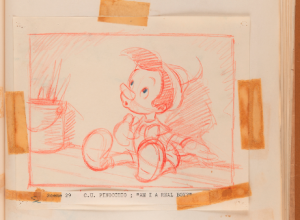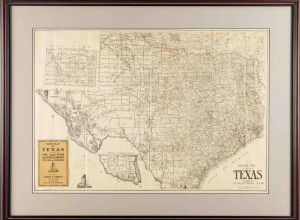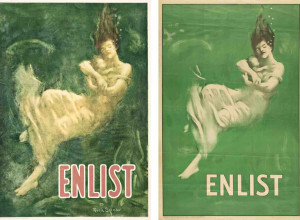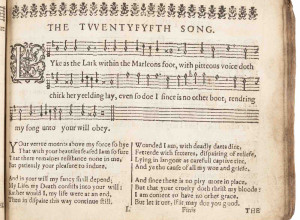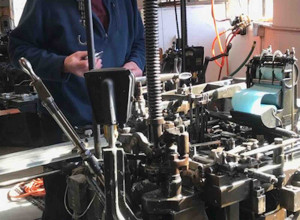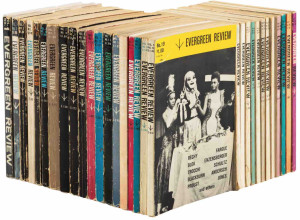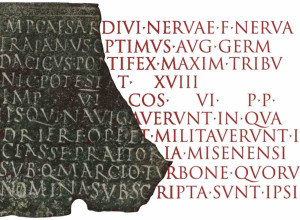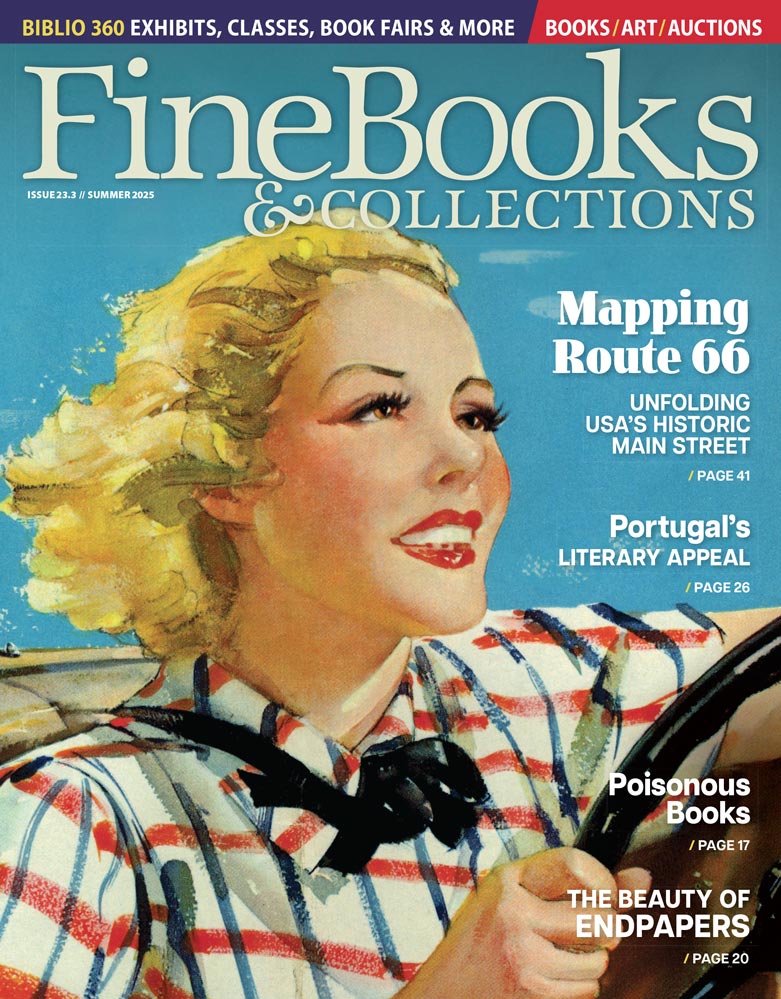Rare Printing of the Declaration of Independence to Auction with $2-4m Estimate
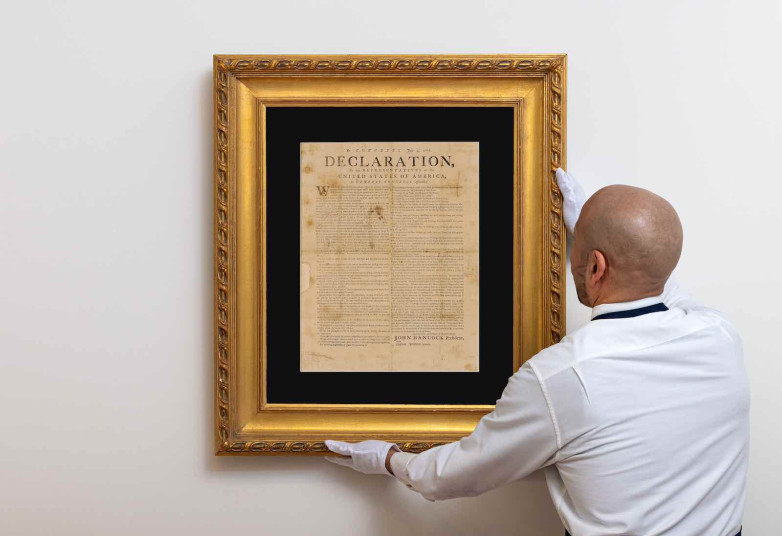
The Declaration of Independence, The July 1776 Essex Broadside
Sotheby’s will offer a rare July 1776 printing of the Declaration of Independence: The Essex Broadside in a standalone live auction on January 24.
Attributed to Robert Luist Fowle of Exeter, this Goodspeed’s-Sang-Streeter copy is one of 13 contemporary broadsides of the Declaration of Independence issued in 1776. Of these, only 10 examples of the Essex broadside are known to exist, mostly held by institutional collections.
The estimate on the copy coming to auction is Estimated to achieve $2-4 million. The auction record for a Declaration of Independence was set at Sotheby’s in June 2000, when a Dunlap printing achieved $8.1 million.
After the Declaration of Independence was finalized on the evening of July 4, 1776, a manuscript was delivered to John Dunlap, the Congress's official printer, who quickly prepared it for printing, ensuring its immediate dissemination to the public and the colonies. Dunlap’s broadside was distributed throughout the 13 colonies, and these were used as copy texts for other local printers who produced their own editions which were themselves often reprinted in to meet the widespread demand for tangible proof of independence.
Of the 13 known broadside editions printed in 1776, it is believed that only around 100 copies have survived. The Dunlap first printing constitutes more than a quarter of these existing copies, and most of the 1776 broadside declarations—at least 79—are housed in public institutions.
Among the 13 broadsides printed during this period is the Essex printing attributed to Robert Luist Fowle of New Hampshire. Fowle’s printing stands out from other editions for its distinctive two-column format, reminiscent of biblical texts; it retains the opening headline format of Dunlap's broadside but incorporates italic type. Fowle’s hurry to publish the news of independence is shown by his initial misspelling of the names of the president and secretary of Congress. He did quickly correct the spelling of John Hancock’s name, as shown on this copy, but Charles Thomson continued to carry extraneous 'p' in his last name.
This printing was previously held in The Streeter Collection assembled by Thomas W. Streeter and the Sang Collection, built by Philip and Elsie Sang.
"This rare printing of the Declaration of Independence is a cornerstone of American history, offering a glimpse into the transformative moment when the United States declared its independence," said Kalika Sands, Sotheby's Head of Books and Manuscripts, Americas. "The Essex broadside, one of the earliest versions to reach the public, not only captures the bold spirit of a nation in its infancy but also stands as a timeless emblem of American heritage.”





